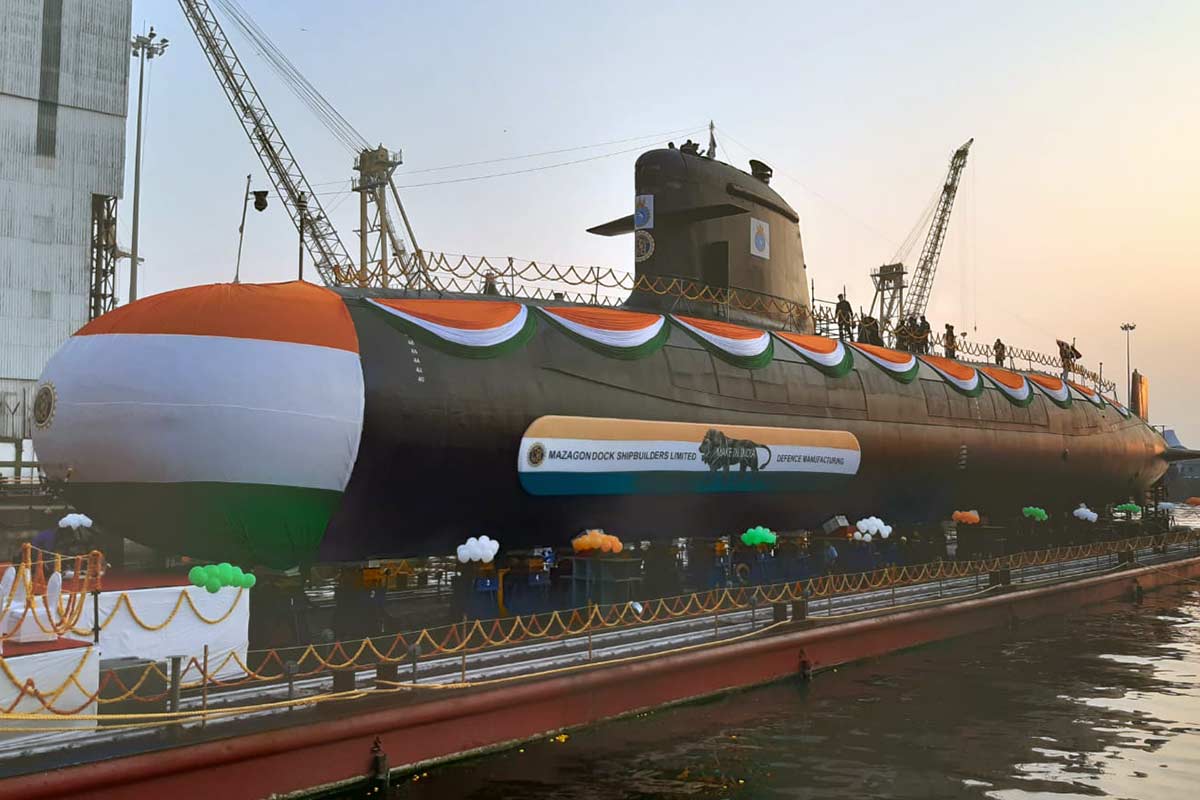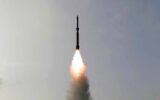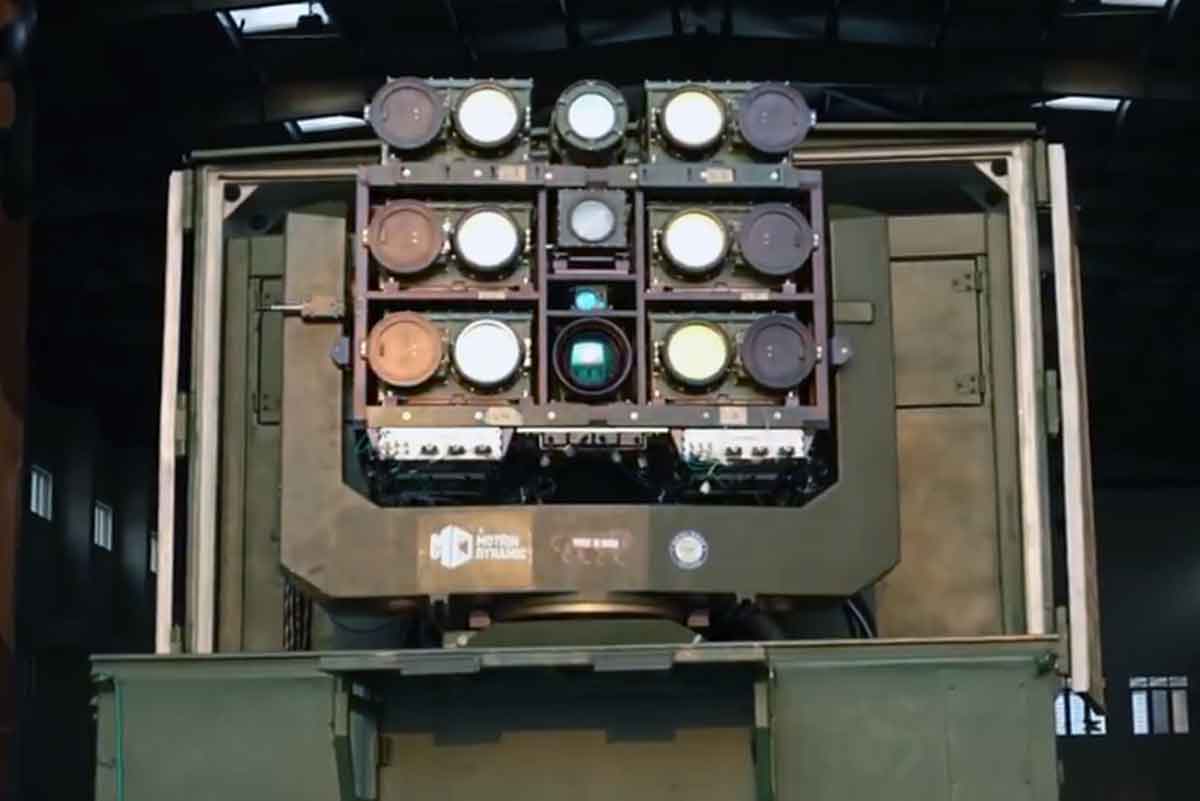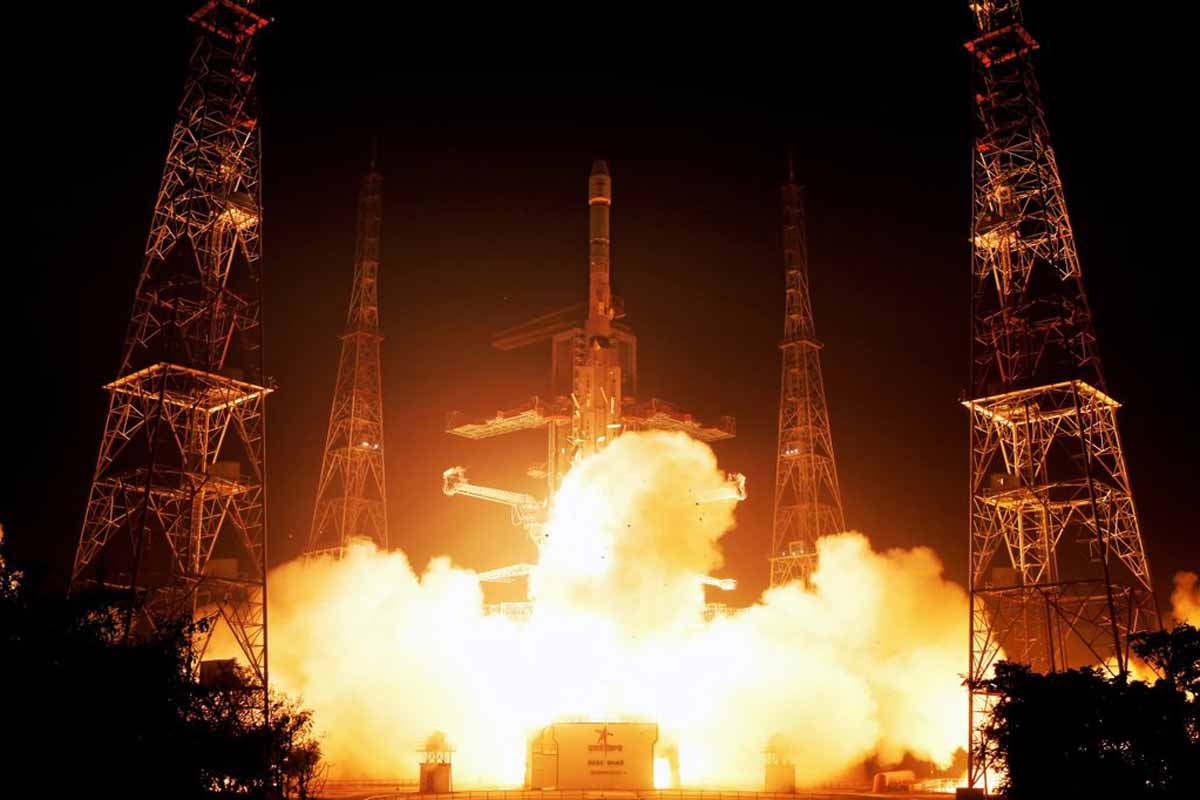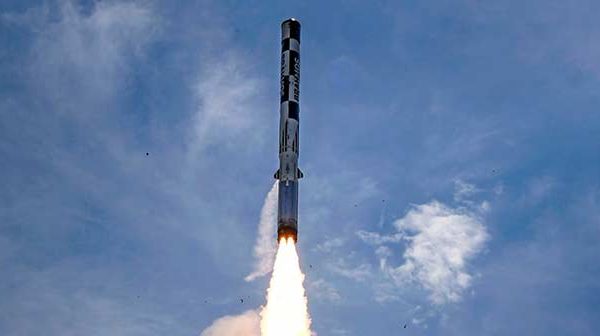INS Arighat joins Indian Navy: Visakhapatnam, India – In a significant boost to India’s nuclear deterrence capabilities, the second Arihant-class submarine, INS Arighaat, was commissioned into the Indian Navy on August 29. The ceremony was graced by Defense Minister Rajnath Singh, who lauded the achievement as a testament to the government’s commitment to self-reliance in defense.
INS Arighaat, a nuclear-powered ballistic missile submarine, is equipped with advanced indigenous systems and equipment, making it more potent than its predecessor, INS Arihant. The submarine’s commissioning further strengthens India’s nuclear triad, enhancing its ability to deter potential adversaries.
INS Arighaat’s Armament
INS Arighaat is equipped with the K-15 ballistic missile, a submarine-launched ballistic missile (SLBM) developed indigenously by India. The K-15 has a range of approximately 1,500 kilometers, enabling it to strike targets in a wide region. This missile is a crucial component of India’s nuclear triad, providing a powerful deterrent against potential threats. The K-15’s capabilities, combined with INS Arighaat’s stealth and maneuverability, make it a formidable asset to India’s naval forces.
Defense Minister Singh emphasized the importance of self-reliance in defense, stating that it is the cornerstone of self-power. He praised the Indian Navy, DRDO, and industry for their collaborative efforts in developing the submarine. The project has also provided a significant boost to India’s industrial sector, particularly MSMEs, creating new employment opportunities.
READ: DRDO testfires phase 2 of ballistic missile defence system
Recalling the visionary leadership of former Prime Minister Atal Bihari Vajpayee, Singh highlighted India’s rapid progress towards becoming a developed nation. He stressed the need for a strong military to safeguard the country’s interests in the evolving geopolitical landscape.
The construction of INS Arighaat involved cutting-edge technology, extensive research and development, and the use of specialized materials. The submarine’s commissioning marks a significant milestone in India’s nuclear deterrence capabilities, ensuring the country’s security and sovereignty.
READ: Agniveer: 10 percent reservation, age relaxation in paramilitary forces
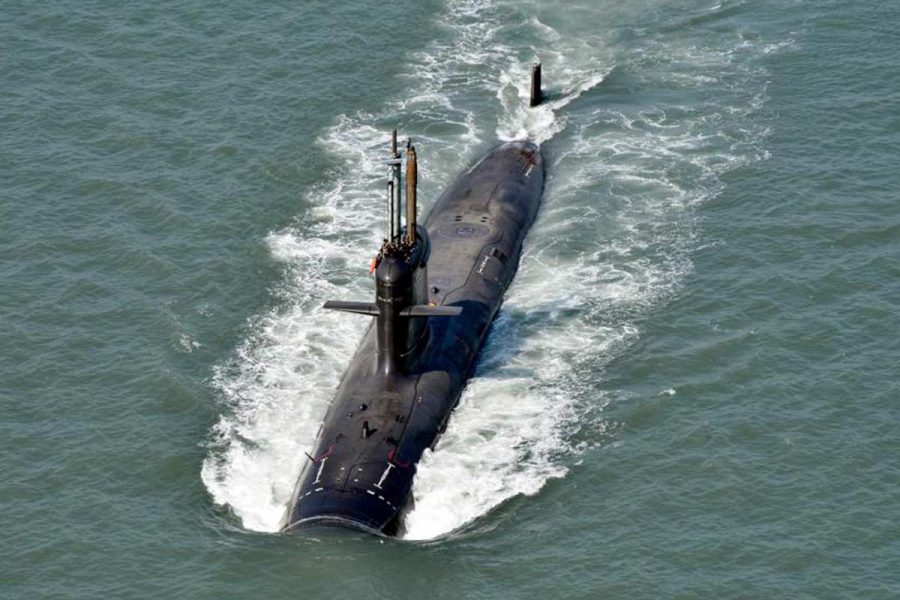
Indian Navy’s INS Vela, a Scorpene Class Submarine.
READ: DRDO awards 7 defence contracts to startups
India’s Nuclear Triad and the INS Arighaat
A nuclear triad refers to a country’s capability to deliver nuclear weapons from land, sea, and air. This three-pronged approach is considered highly effective in deterring potential adversaries due to the difficulty of neutralizing all three delivery systems simultaneously.
India’s Nuclear Triad
India has been steadily developing its nuclear triad. The land-based component is represented by its nuclear-capable ballistic missiles, while the air-based component consists of nuclear-capable aircraft. The sea-based component, which was completed with the commissioning of INS Arighaat, is crucial for ensuring second-strike capability, meaning the ability to retaliate even after a nuclear attack.
READ: Defence Ministry funds 77 projects under Technology Development Fund
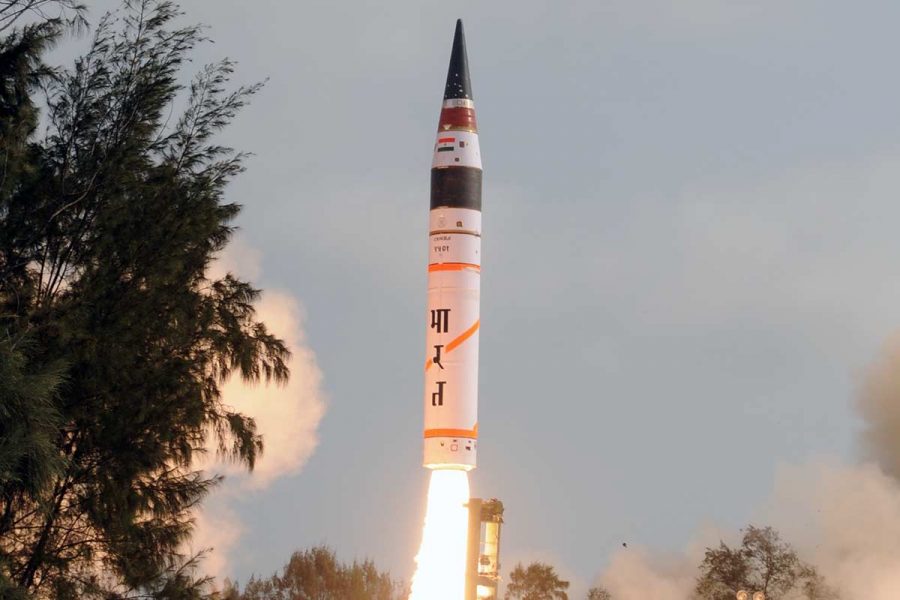
Agni-5 Missile is part of India’s land based nuclear deterrence.
READ: HAL conducts successful first flight of Tejas Mk1A fighter
INS Arihant and India’s Nuclear Submarine Program
India’s nuclear submarine program dates back to the 1980s. The program faced several challenges, including technological complexities and international sanctions. However, with sustained efforts and technological advancements, India successfully developed the INS Arihant, its first nuclear-powered ballistic missile submarine, which was commissioned in 2010.
The INS Arihant, named after the mythical city of Arihant in ancient Indian mythology, is equipped with nuclear-tipped ballistic missiles. Its commissioning marked a significant milestone in India’s nuclear deterrence strategy. The subsequent commissioning of INS Arighaat further strengthens India’s sea-based nuclear capabilities.
READ: Mission Divyastra: DRDO testfires MIRVed Agni-5 ICBM
Significance of INS Arighaat
The commissioning of INS Arighaat underscores India’s growing nuclear arsenal and its commitment to maintaining strategic stability. The submarine’s presence enhances India’s ability to deter potential threats and ensures its national security. It also serves as a testament to India’s technological advancements and self-reliance in defense manufacturing.
With the completion of its nuclear triad, India joins the ranks of other major nuclear powers. The country’s nuclear deterrence strategy is aimed at preventing nuclear conflict and promoting regional peace and stability.
READ: IIT Jodhpur develops 3D-Printed drone for use in air, land and water


